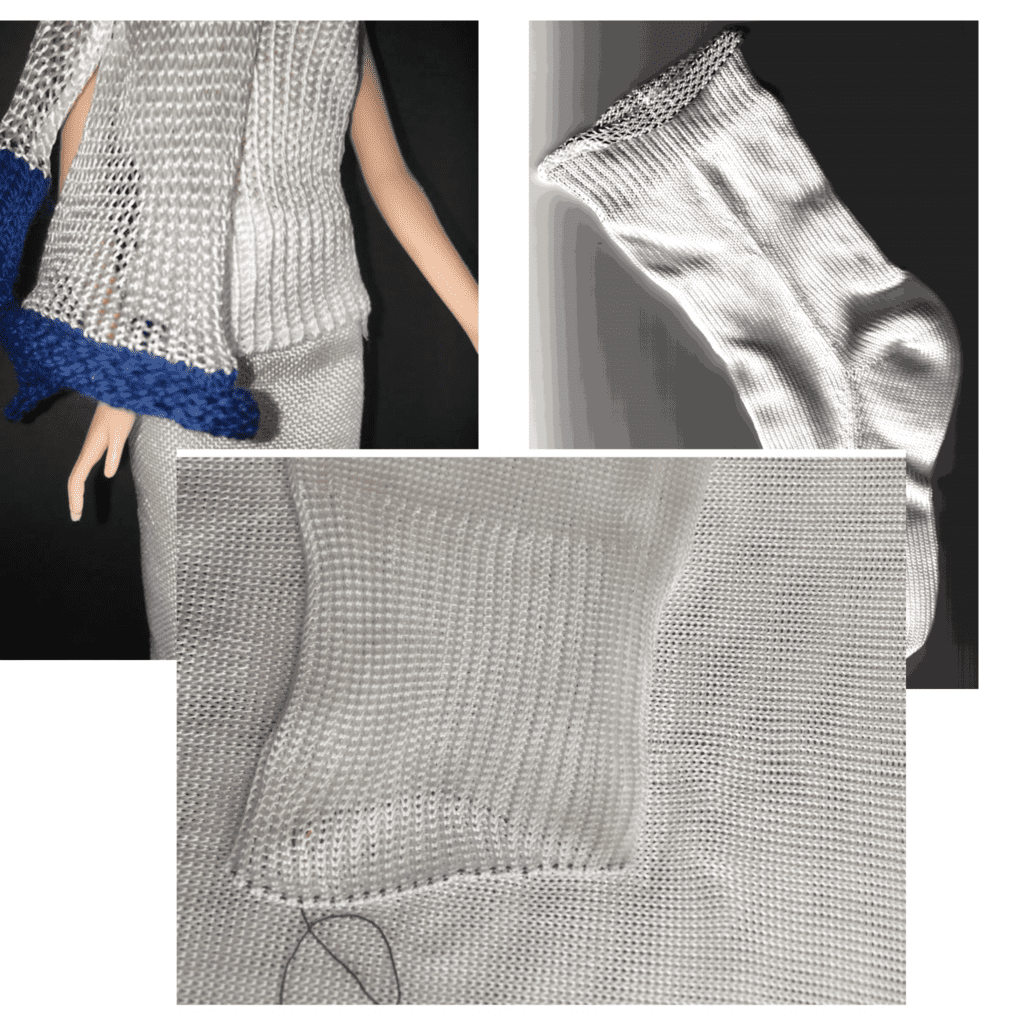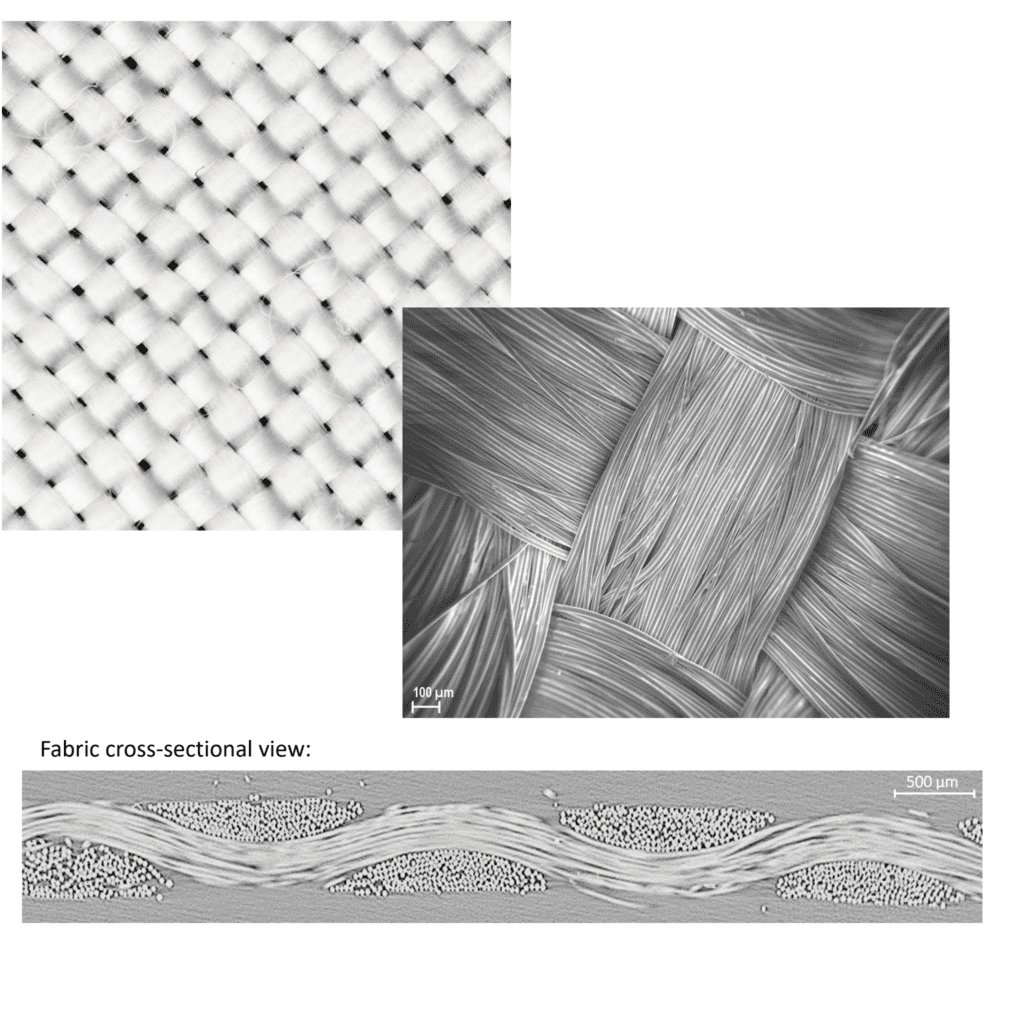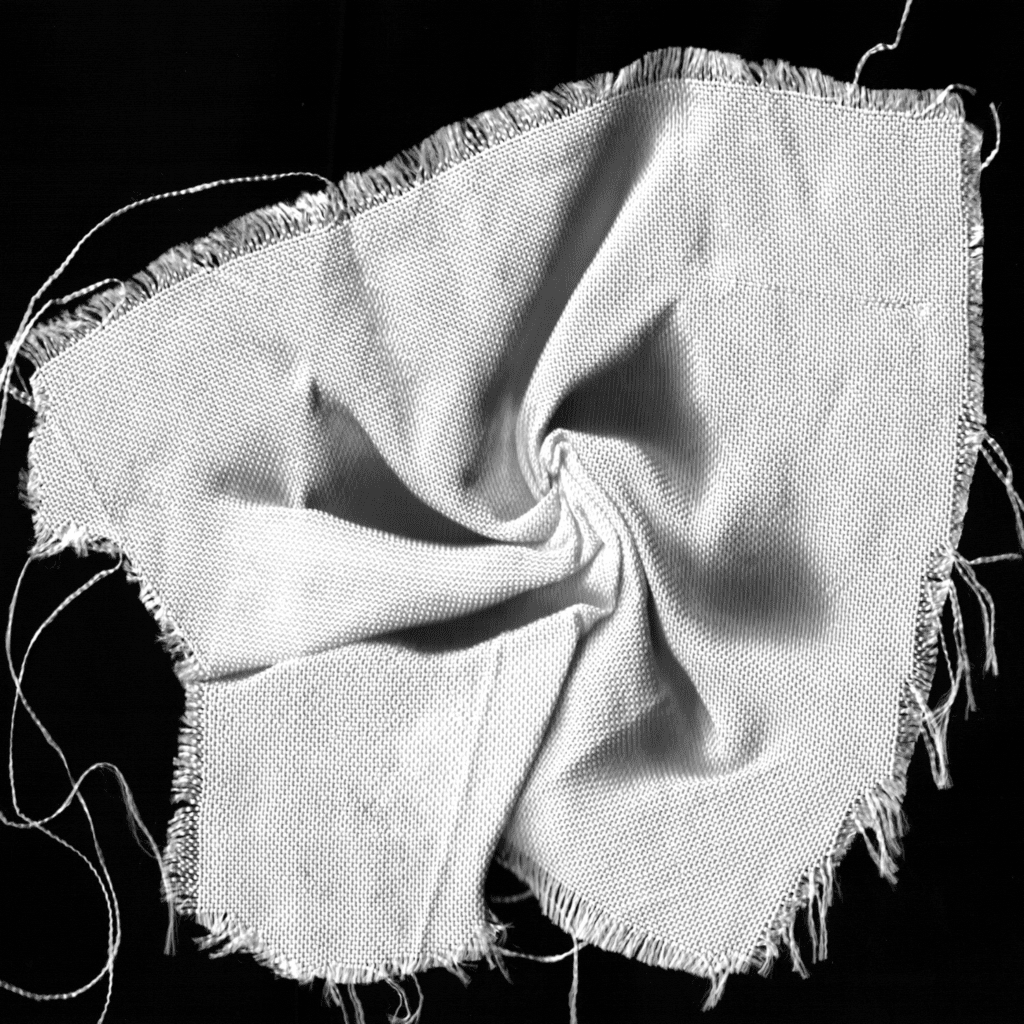Every year, the textile industry produces 62 million tons of fabrics. It’s one of the most polluting industries on Earth, second only to the oil and gas industry, using massive amounts of water and generating a lot of waste in the process. But it could become a bit more sustainable by incorporating plastic and using it as fabrics.

In April 2016, world leaders gathered in Paris to sign an agreement to curb global greenhouse gas emissions. At the major event, mixed between countless press conferences and presentations, one small stand showed how plastic could be used to make fabric. The resulting fabric is surprisingly soft and durable, and a great way to repurpose plastic. The idea got lost in the great turmoil caused by the Paris Agreement — but it warrants more attention, researchers say.
The fashion industry is responsible for 5-10% of global greenhouse gas emissions. It’s not just manufacturing — maintenance and chemical treatments often consume even more energy (and water) than the production phase. But polyethylene yarns are resistant by default.
Svetlana Boriskina and colleagues at MIT focused on polyethylene because it is one of the most commonly used plastics. It’s lightweight and durable, which makes it excellent as a packaging material, but horrendous as a pollutant. Its uses rang for films, tubes, plastic parts, etc — and it’s still widely used throughout the world.

Polyethylene (PE) can be colored cheaply through environmentally friendly methods and is durable, offering exactly the type of properties you want in clothing. It offers the potential to create sustainable fabrics, Boriskina says, and the whole process is quite cheap.
“The process of converting PE materials to textiles is indeed cost-effective, scalable and eco-friendly,” Boriskina explains for ZME Science. “Even starting from fossil PE provides a more environmentally-friendly textile solution, but there is also a possibility to recycle vast amounts of already accumulated PE waste into high-added-value-products such as fabrics and garments. Finally, it has been shown that PE can be derived from biomass, making the fabrics bio derived yet completely recyclable.”

Using plastic for clothes isn’t as crazy as it seems. Throughout history, the textile industry generally made use of natural fibers such as wool, cotton, silk, and linen. In the past century, however, synthetic materials such as polyester and nylon have become a common occurrence. Polyethylene has been generally overlooked until now.
The authors found that PE fabrics are resistant to staining and allow for fast drying, as well as efficient moisture-wicking. These properties, along with the cheap price and durability, make PE an excellent alternatives for existing fabrics.
“This work shows that not only the full lifecycle analysis confirms that PE is more environmentally friendly than other materials, but also the alternative way of dry-coloring further reduces the environmental footprint and allows adding other properties to the fabrics beyond color,” Boriskina tells me.
Finally, the conversion process from plastic to textiles is also cheap and scalable, and it’s possible to use plastic already accumulating in waste sites.
“The process of converting PE materials to textiles is indeed cost-effective, scalable and eco-friendly. Even starting from fossil PE provides a more environmentally-friendly textile solution, but there is also a possibility to recycle vast amounts of already accumulated PE waste into high-added-value-products such as fabrics and garments. Finally, it has been shown that PE can be derived from biomass, making the fabrics bio-derived yet completely recyclable,” Boriskina adds.

Polyethylene seems like a truly well-suited material for clothes. But will it catch on? The fashion industry is often unpredictable and it doesn’t often choose the most sustainable or efficient materials. But PE has an advantage that could make it more attractive, especially in the summer.
“It is literally cool to wear our PE textiles, and the pun is intended. The fabric offers a ‘cold touch’ tactile sensation and keeps the wearer cool, dry, and comfortable,” Boriskina concludes.
As of 2017, over 100 million tonnes of polyethylene resins are being produced annually, accounting for 34% of the total plastics market.
The study “Sustainable polyethylene fabrics with engineered moisture transport for passive cooling” has been published in Nature Sustainability.






